Photographs: Amit Dave/Reuters. Sunita Narain
Growth is back on the agenda, says the government. It is hoping that with pushy announcements foreign and Indian investment will miraculously start pouring in and infrastructure will be the name of the game once again.
But this assumption ignores one crucial detail: currently, public-private partnerships (PPPs) in infrastructure are on the cusp of disaster. India needs a different strategy to build public services infrastructure.
This is because in India, which has a large number of poor people as well as a relatively poor middle class, public infrastructure has to be affordable to build and to run.
...
The real story behind India's infrastructure woes
Photographs: Reuters.
But since we do not think about the nature of the asset we need to build, we make standard, capital-intensive infrastructure plans in the hope that someone will cough up funds to build.
This then justifies the need for private investment. But, in reality, little private money comes. Worse, the private player is unable to run the public asset – be it water supply, public transport or a swanky airport – without substantial recurring funds.
So the private sector's interest is to make profit by building the infrastructure and then stay clear of the responsibility of making the system work. In this way, PPP stands for public investment and private profit.
...
The real story behind India's infrastructure woes
Image: Howrah Bridge.Take water and sewage. The country has a huge infrastructure backlog in this sector. In the past five years, the centrally sponsored Jawaharlal Nehru National Urban Renewal Mission, which has been a game-changer, pumped in some Rs 43,000 crore into water and sewage infrastructure.
But this is far below what is needed in a country with a backlog and an exploding "front log" - out-of-control urban growth that needs services fast.
The need for finances to build the public water and sewage infrastructure of the present and future is apparent and urgent. But the fact is that private partnerships in this sector are going horribly wrong.
...
The real story behind India's infrastructure woes
Image: A passenger train coming from Udhampur moves over a bridge in Bazalata on the outskirts of Jammu.Photographs: Mukesh Gupta/Reuters.
It is always a sign of trouble when experienced players sit out and new fly-by-night operators take control. In the case of this sector, this is exactly what is happening. We should ask why.
In cities where water supply (never sewage) contracts have been awarded, private parties are realising they underestimated the capital cost of building infrastructure. Part of the reason lies in the way contracts are designed. The detailed project report is made by one party to estimate costs and bids are tendered on this basis.
This works when the quality of existing assets is known or when the work is for a standard design specification. Since that's rarely the case, the bid is opened and the lowest bidder succeeds, even if he is wide off the mark in terms of costing.
...
The real story behind India's infrastructure woes
Image: Indira Gandhi International Airport.The situation is made worse by the fact that there are few players with experience or expertise. So there is an opportunity to make deals to "share" the market. The recently opened bids for water distribution in certain pockets of Delhi are a case in point.
All bids had one common Indian player – Subhash Projects – with combinations of foreign players. But once such projects are awarded, they are found unfeasible, hence negotiations begin. Private concessionaires ask for changes in the awarded contract.
One by one all the original conditions are done away with in this mother of all scams. Read the Comptroller and Auditor General of India's report on the implementation of PPP in the case of Indira Gandhi International Airport to know the game.
...
The real story behind India's infrastructure woes
Image: Bandra-Worli Sea Link.All this could even be justified (especially by the growth-at-all-costs proponents) if the project ends up getting private equity and delivers the goods and services to people. But in the water waste sector, private investment is a chimera.
In Shivpuri, where Doshion-Veolia, and in Khandwa, where Vishwa Infrastructure have been awarded projects to ensure 24x7 water supply, 90 per cent of the investment is public. In return for the 10 per cent capital investment, high tariffs have been fixed in this relatively poor region.
The catch is that the operator must recover money from operation and maintenance. Since supply is unreliable, the meters faulty and collection difficult, it is nearly impossible to break even in the business of supply.
...
The real story behind India's infrastructure woes
Image: Annai Indira Gandhi Bridge.Photographs: Mukesh Gupta/Reuters.
Everybody, including the concessionaire, knows this. The profit, thus, is in building the project - in the cement, steel and pipes. It is not in the water that is to be supplied.
What is worse, these projects cream off the most lucrative part of the sector – water supply – and leave the expensive sewage, waste collection business to the stretched municipal supply system.
The system crumbles further because now it does not even have the money from water to pay for sewage - and remember, 80 per cent of the water leaves homes as waste.
The public system takes a further hit and the private system does not benefit. Development does not happen. What happens is loot in the name of growth.

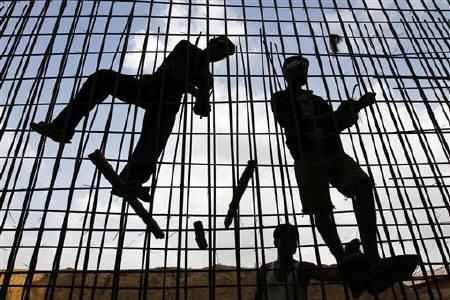

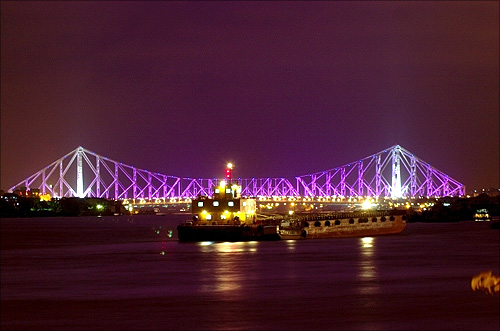
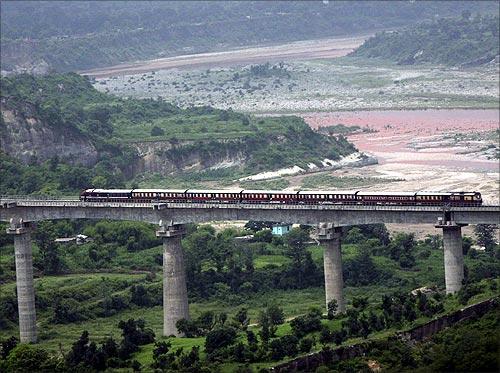

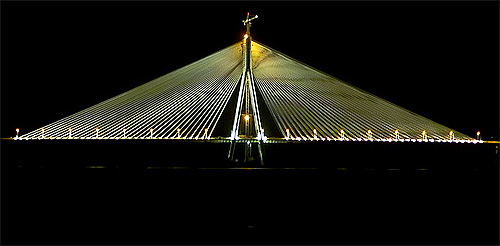
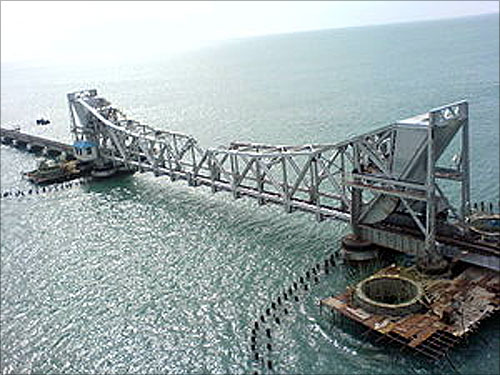

article